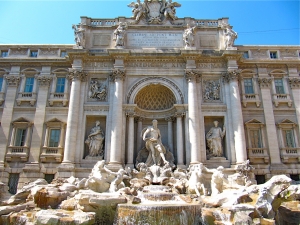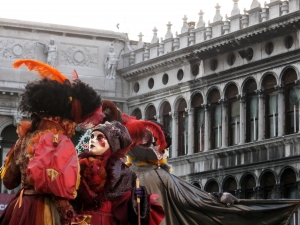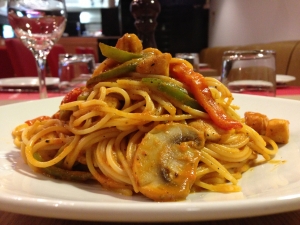5 Innovative Ways To Perfect Your Italian
Posted on December 29th, 2013 by Anna in Uncategorized | No Comments »
To refer to something simply as an “Italian” accent is a bit of a generalization… despite being a small country, Italy is incredibly diverse, and accents can vary from town to town. However, you will do yourself a huge favor if you get over certain English-speaking habits and learn to speak like a native. Nobody wants to stand out as a tourist, and speaking Italian with a strong foreign accent can mark you as someone who can easily be swindled or taken advantage of. So follow these quick and easy strategies to having a more organic Italian accent, and you can’t go wrong!
- Know Your Vowels. English pronunciation of vowels is different and more complicated than most Latin-based languages. Italian vowels are much simpler and much more musical, with only one sound ascribed to each: A, E, I, O, U are pronounced “ah (as in father), eh (as in best), ee (as in street), o (as in home, but not as pronounced), oo (as in loose),” with few exceptions.
- Know Your Consonants. Fortunately, most consonants in Italian are pronounced the same as they would be in English. However, there are one or two tricky consonants and combinations that can trip up beginners. First of all, the letter “g” is pronounced as a hard consonant, as in “ghost” when it come before the vowels a, o, and u. When it comes before e or i, it makes a “j” sound. Similarly, the letter “c” makes a “k” sound before a, o, and u; when before e or I, it makes a “ch” sound. Also, the consonant “z” makes a “ts” sound, like in “pizza.” The consonant “h” has no sound, the same as in Spanish or French, and the “r” is always slightly rolled.
- Know Your Dipthongs. Even more bizarre to English speakers are the two main dipthongs that sound nothing at all like we think they should. The two consonants “gn” make a “ny” sound—just think of the word “lasagna.” Similarly, the consonants “gl” make a “ly” sound, so the article “degli” would be pronounced “dell-yee.”
 Enjoy Yourself! Italians are enormously proud of their language, and even if you’re new to it, the Italian language should be savored when spoken. Don’t be shy when speaking; enunciate your words with verve and enjoyment and try to appreciate the innate musicality in the language. And, of course, to truly fit in with the locals, you will have to learn to illustrate your conversation with hand gestures!
Enjoy Yourself! Italians are enormously proud of their language, and even if you’re new to it, the Italian language should be savored when spoken. Don’t be shy when speaking; enunciate your words with verve and enjoyment and try to appreciate the innate musicality in the language. And, of course, to truly fit in with the locals, you will have to learn to illustrate your conversation with hand gestures!
Depending on which area of Italy you intend to visit, you will learn plenty of other shortcuts and specific rules for pronunciation. The details will come to you as you interact with people, but before you get an opportunity to do that you will have to learn the basics. Get a head start and check out one of our Italian courses, or send us an enquiry and see what we can offer that’s right for you.




















